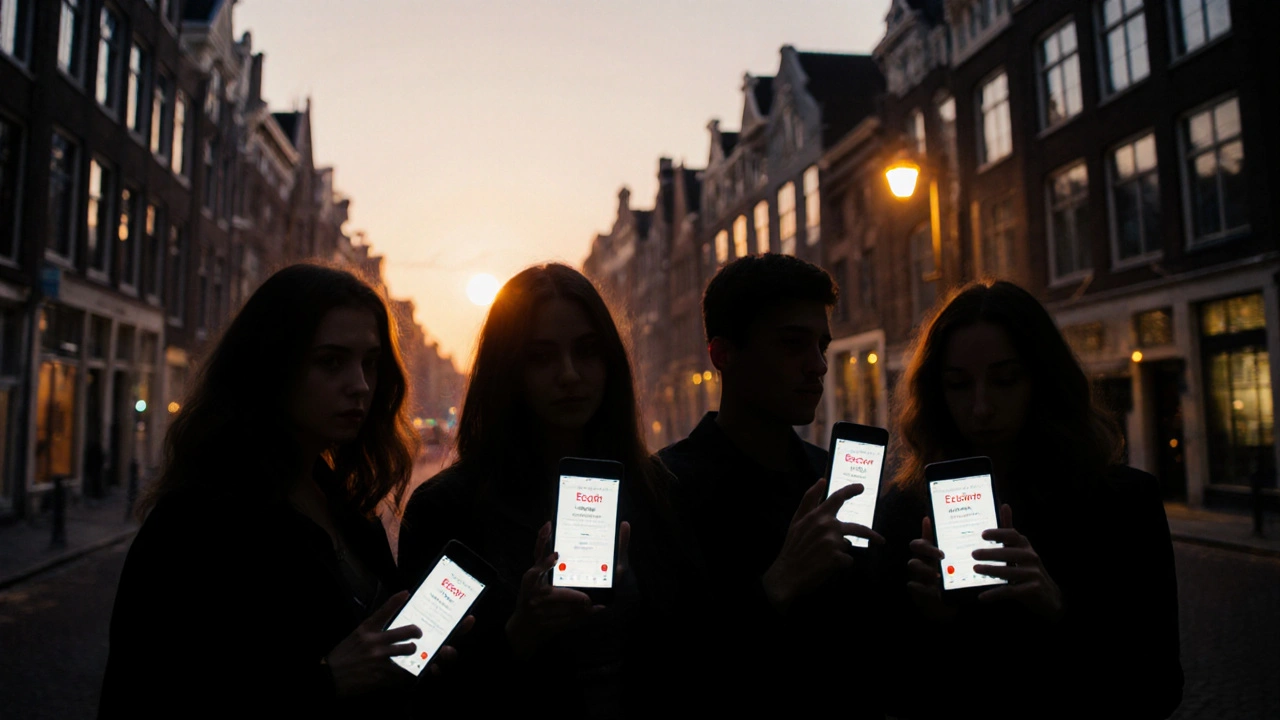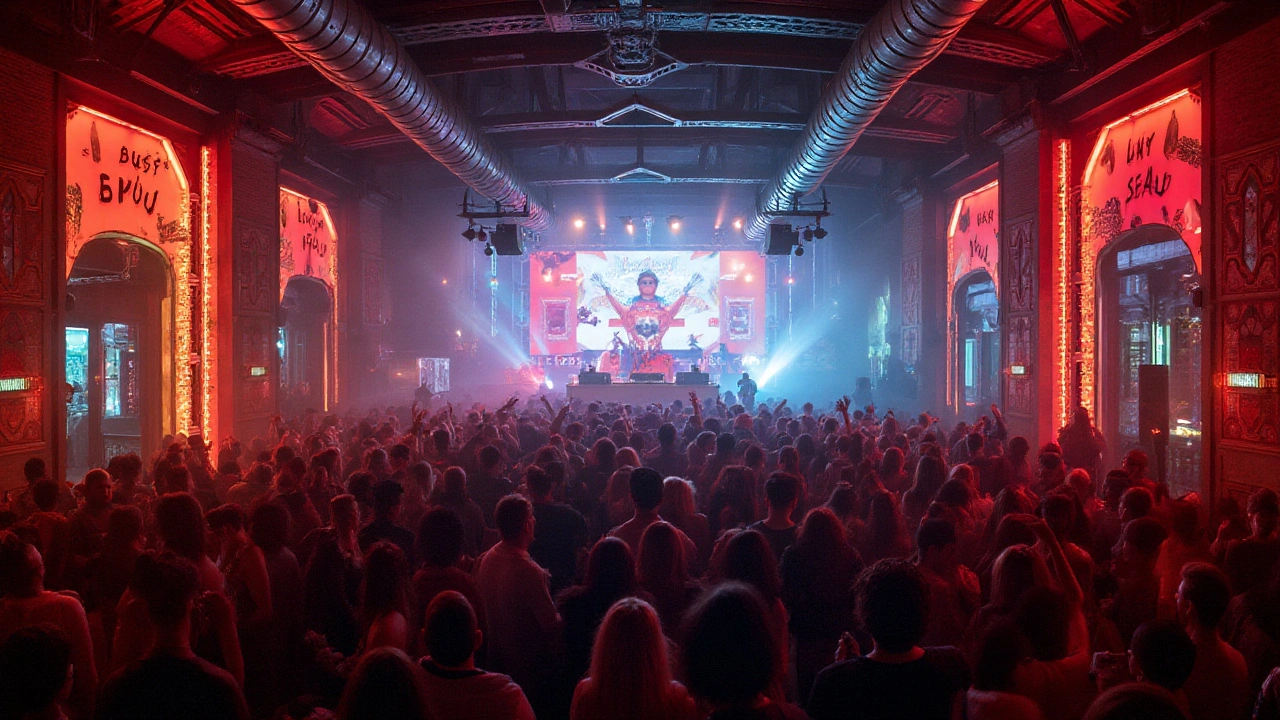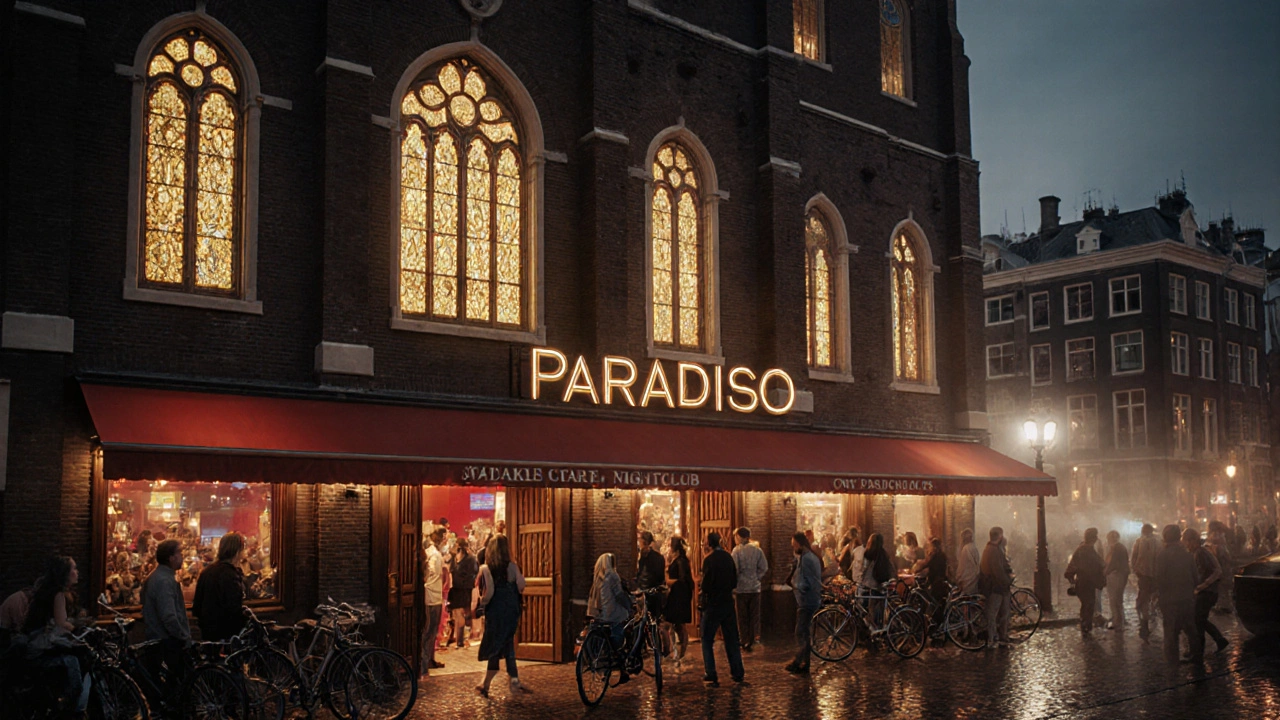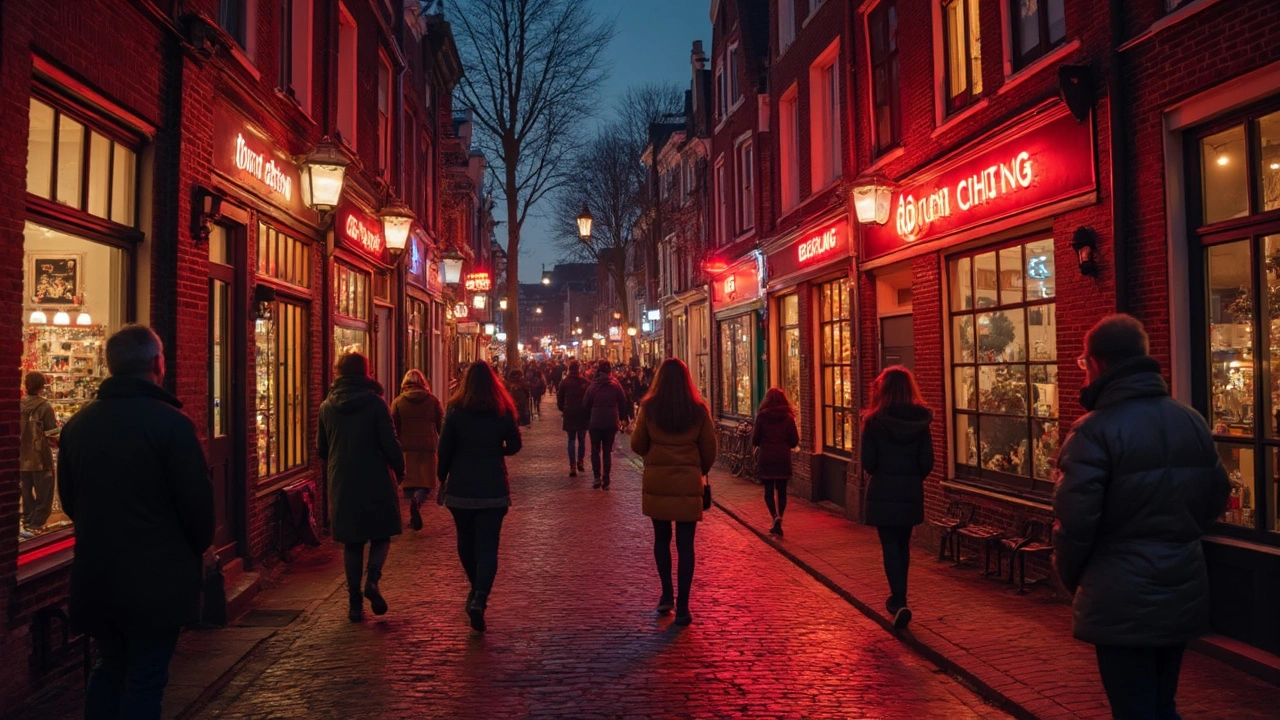
Twenty years ago, walking through Amsterdam’s Red Light District at night meant seeing window after window with women behind glass, lights glowing, faces calm or tired. Today, that scene is shrinking. The windows are fewer. The streets feel quieter. And the people working inside? They’re not the same.
What Happened to the Windows?
The Red Light District used to have over 300 windows where sex workers operated. By 2025, that number is down to fewer than 120. The city didn’t just close them randomly. It bought out landlords, raised rents, and pushed out owners who relied on the trade. The goal? To reduce human trafficking and make the area more "family-friendly." But the result has been mixed.Many of the women who worked in those windows were Dutch, Polish, or Romanian. Some chose the work. Others were stuck in it. The city’s crackdown didn’t always help those who needed it most. Instead, it pushed many into the shadows-into apartments, private flats, and online platforms. You won’t see them on the street anymore, but you can still find them on websites like Escort.nl or MySextimer. The trade didn’t disappear. It just moved.
The Rise of Online Booking
If you’re looking for an escort in Amsterdam today, you’re not going to knock on a window. You’re going to scroll through a website. Most workers now manage their own profiles. They set their own prices. They choose their hours. Some even use apps to screen clients before meeting.Platforms like Backpage and AdultWork used to dominate. Now, local Dutch sites have taken over. They’re simpler, safer, and more regulated. Many require ID verification. Some ask for health certificates. A few even offer chat moderation. It’s not perfect-but it’s less dangerous than standing alone in a window at 2 a.m.
One worker I spoke with, who goes by the name Lena, used to work in a window in De Wallen. She moved online in 2021. "I used to get 20 clients a night," she said. "Now I get five. But I get to pick who they are. I don’t have to meet someone who smells like beer and shouts at me. That’s worth more than the extra money."

Legal Status: Still Legal, But Heavily Restricted
Prostitution itself is still legal in the Netherlands. That hasn’t changed. But the rules around it have tightened. Since 2020, all sex workers must register with the city. They need a tax number. They pay income tax. They’re required to have health insurance. And if they’re not EU citizens, they need a special work permit.The city also banned brothel owners from hiring more than three workers in one place. That killed off the big, organized operations. Now, most workers are independent contractors. They rent rooms by the hour. They work out of small apartments in areas like Oud-West or De Pijp. Some even work from home.
The result? Fewer organized crime rings. Fewer forced workers. But also fewer options for those who still need the income. A 2024 study by the University of Amsterdam found that 42% of former window workers reported lower earnings after moving online. For some, it was a trade-off: less money, but more control.
Who’s Working Now?
The people working in Amsterdam’s sex industry today look different than they did ten years ago.Most are still women, but the age range has shifted. In 2015, the average age was 28. Today, it’s 34. Many are single mothers, students, or people recovering from addiction. Some are Dutch. Others are from Ukraine, Colombia, or Nigeria. A growing number are older women who’ve left corporate jobs and want flexible work.
There’s also a small but noticeable rise in male and non-binary escorts. They’re not in the Red Light District. They work through private agencies or apps. Their clients are often locals, not tourists. Their rates are higher. Their profiles are more detailed.
One male escort, who asked to remain anonymous, said: "I used to work in IT. Got laid off in 2022. I needed income fast. I tried Uber. Then I tried this. I make more than I did at my old job. And I don’t have to deal with a boss." He works three nights a week. He has a steady client list. He pays taxes. He’s not ashamed.

The Tourist Effect
Tourists still come to Amsterdam for the Red Light District. But they’re not coming for the same reasons.Back in the 2000s, it was about curiosity. Now, it’s about nostalgia. Many visitors expect to see the old scene-the windows, the neon, the rowdy crowds. What they find instead is a quiet, cleaned-up street. A few remaining windows. A lot of souvenir shops. A museum about the history of prostitution.
That’s not a bad thing. But it’s not what the city intended. The crackdown was supposed to protect workers. Instead, it turned the area into a theme park. Tourists take selfies with empty windows. They don’t realize the people are gone.
Some workers say they’re glad the tourists aren’t bothering them anymore. Others miss the steady income. "I used to make €300 a night from tourists," said Maria, who now works from home. "Now I make €80. But I sleep at night. And I don’t get screamed at by drunk men. So I guess it’s a win."
What’s Next?
The city plans to shut down the last 30 windows by 2027. They’re offering financial support to workers who want to leave the industry-job training, housing help, counseling. So far, fewer than 20% have taken it.Most say they don’t want to quit. They just want to work safely. And they’re not asking for much: a safe place to meet clients. A way to report abuse. Legal protection when things go wrong.
What’s missing is a real conversation about what sex work is-not a crime, not a sin, not a spectacle-but a job. One that thousands of people in Amsterdam do every day. Some choose it. Some endure it. But all of them deserve dignity.
The future of sex work in Amsterdam won’t be in windows. It won’t be on street corners. It’ll be in quiet apartments, on encrypted apps, and in the hands of the people who do it. And if the city wants to protect them, it needs to stop pretending this industry can be erased. It needs to start helping those who stay.
Is prostitution still legal in Amsterdam?
Yes, prostitution is legal in Amsterdam and throughout the Netherlands. Sex workers can legally register as self-employed, pay taxes, and operate under certain rules. However, operating brothels with more than three workers is banned, and window prostitution is being phased out. The goal is to reduce exploitation, not to eliminate the industry.
Where can you find escorts in Amsterdam today?
Most escorts now work online through local Dutch platforms like Escort.nl, MySextimer, or private websites. Some rent apartments in neighborhoods like Oud-West, De Pijp, or Jordaan. The old Red Light District windows are mostly gone. If you’re looking for someone, you’ll find them on a screen, not a street.
Are most sex workers in Amsterdam forced into the trade?
No. While human trafficking still exists, studies from the Dutch government and the University of Amsterdam show that the majority of sex workers in Amsterdam today are independent, self-directed, and not coerced. Many choose the work for flexibility, income, or autonomy. The city’s crackdown has reduced forced labor-but it’s also made life harder for those who want to keep working safely.
Do male escorts work in Amsterdam?
Yes. Male and non-binary escorts are a growing part of the industry. They typically work through private agencies or apps, not in the Red Light District. Their clients are often locals, and their rates are higher than those of female escorts. Many are former professionals-teachers, IT workers, artists-who turned to escorting for better work-life balance.
Why did Amsterdam shut down the windows?
The city shut down the windows to reduce human trafficking, clean up the area for tourism, and make it feel less like a spectacle. Landlords were bought out. Rents were raised. Many window operators couldn’t afford to stay. While the move reduced visible exploitation, it also pushed many workers into less safe, less visible situations. The city now focuses on online regulation and support services instead of street-based work.




